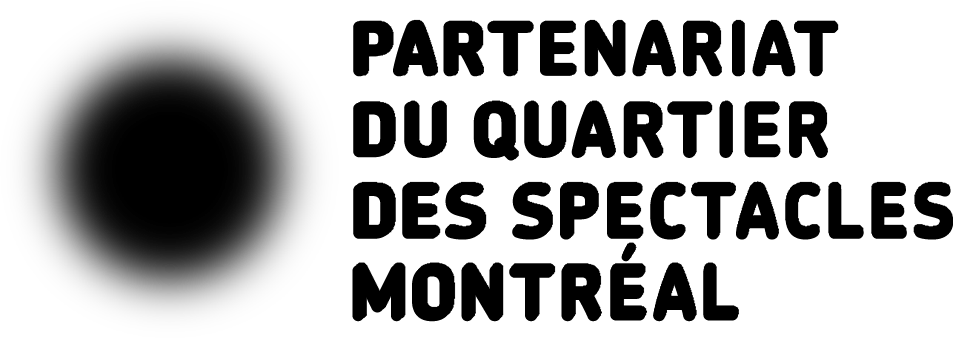This project was born of your desire to share the polka chinata, a dance from Bologna that has almost disappeared. Do you want to prevent it being forgotten?
In the 1990s, the polka chinata had disappeared completely, but when Giancarlo Stagni, a professor from Bologna whom I had the chance to meet, saw a video of it from the 60s, he decided to study this traditional dance and teach it to his dancers. That was how the polka chinata was revived.
My fascination with this dance comes first of all from the fact that it’s performed by two men, which is odd and rare for a ballroom dance. I was also inspired by its hypnotic nature. While I was observing the dancers, I had the impression that I was watching something that was both old and new at once. Also, since it was only practiced by five people in the world, I wanted to share it with a small community of others to keep it alive. Since it’s difficult and takes a long time to learn, I created workshops designed to revive this folk dance that was on the road to extinction.
An anthropologist from Bologna explained to me that a dance doesn’t die, since it’s not like plants, animals, or human beings. There’s already an implication of something ephemeral and temporary. Sometimes, dances disappear then reappear in the next generation, as was the case with the polka chinata. A dance only disappears when there’s no one left who remembers it.
What interests you about working with a dance that’s already been codified?
I’m fascinated by people acting in unison or performing a specific activity together. It has nothing to do with dance. I feel the same thing when I watch certain acrobatic sports or people at a dinner. I’m curious to see how they act. When I approach a dance that’s existed for 130 years, like the polka chinata, or like the “schuhplattler,” which I used in one of my pieces and which goes back over a thousand years, I admire the dignity of something that has the capacity to survive over time. I’m connected to an energy that’s older than me, a mysterious aspect of my species that fascinates me. While today two men dancing together may seem controversial, 130 years ago it was not.
For the past two years, because of the pandemic, we have performed outdoors a lot, in public spaces and parks, with the audience often made up of people who came across the piece by chance. At first, they would laugh to see two men dancing together. But after a couple of minutes, they would no longer be laughing. They would forget that it was two men and see only the beauty of it.
How do you incorporate folk dance into your contemporary writing?
There’s still a stereotype that a hierarchy exists among different styles of dance. In Italy, many people still believe that you have to go through ballet to become a dancer. We know how false that is, and I like the idea that dance is manifold and diverse. That’s why I like making use of traditional music—to bring a new dimension to the practice of dance that requires hours of training, sacrifice, and effort.
I’m a great admirer of the body art of the 60s and 70s. At that time, people had to go to a theatre to see artists exploring the limits of their bodies. Today, everything’s available on your phone, yet people still go to the theatre, and to encourage this type of interaction, which has become almost exotic, I want to show the performers’ commitment to their art. There’s a key lesson to be taken from the avant-garde movements of previous centuries, in which artists felt free to incorporate everything they discovered into other forms of artistic practice. That’s what we are doing.
Every week for six months, the dancers went to Bologna, two hours from where they lived, to learn this extremely demanding dance, which generally lasts for two minutes but which they perform for almost 20 minutes. To me, the passion and seriousness they have brought to this dance are very contemporary. They have taken care to learn something that many others thought was useless or didn’t even know existed.
I was an actor for ten years and I never studied dance. When I started receiving invitations to dance festivals, it was because my artistic language was considered too minimalist for theatres and too extravagant for art galleries. The rhythm of the show reflects my naïve attitude to choreography. I compose bit by bit, adding one element at a time, somewhat like a visual artist.










